8 Foods You Don’t Need to Refrigerate
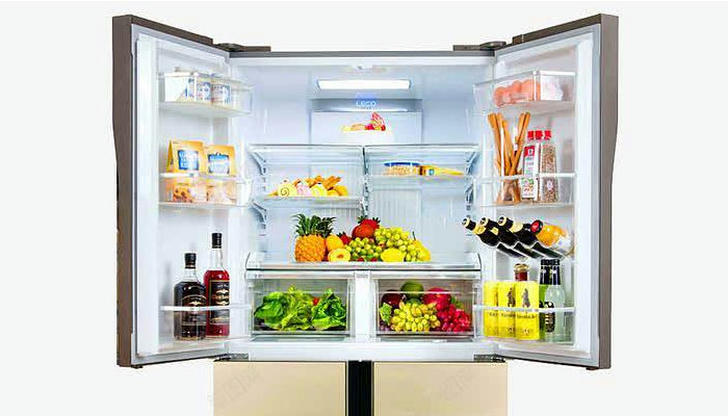
Many people have such a habit: no matter what they buy, they are all put into the refrigerator. But what they doesn't know is that some foods only need to be kept at room temperature. Once placed in the refrigerator, they will spoil faster. First, the refrigerator should leave a moderate space for the circulation of cold air, so as to maintain a suitable temperature, inhibit the reproduction of bacteria and achieve the purpose of preservation.
Second, although low temperatures can help to keep many foods fresh after some foods are put in the refrigerator, their shelf life will be shortened, and they will be more easily broken or the taste will be affected. Here are eight foods that should never be put in the refrigerator.
1. Tropical fruits

Some fruits, such as strawberries, grapes, lychees, mangoes, etc., should be put into the refrigerator as soon as possible if they cannot be eaten. The opposite is true for some fruits. If tropical fruits are placed in the refrigerator, the peel will be sunken and dark-brown spots will appear within a few days. Not only the nutrients are greatly damaged, but also it is easy to spoil. Therefore, if you want to keep tropical fruits fresh, keep them in a cool and cool place at room temperature. Bananas can be kept fresh by wrapping the roots in plastic wrap.
2. Potatoes
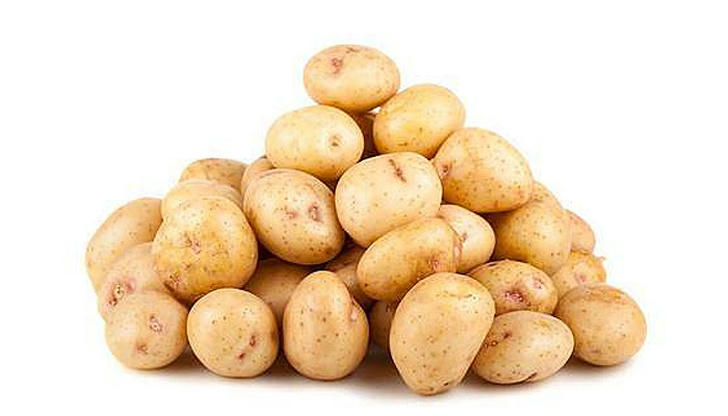
Potatoes have high starch content, and low temperature will promote the decomposition of starch in it and convert it into sugar. It will also darken the skin, which will affect the texture and taste of potatoes. The potatoes can be stored directly in a dry and ventilated cardboard box.
3. Honey

If you find a jar of honey that's 1,000 years old, you'll find it's as fresh as it was when you poured it in, because honey has a natural ability to preserve freshness. Honey is suitable for keeping in a cool and ventilated place. If you put it in the refrigerator and the temperature is too low, the honey will crystallize, and it will easily deteriorate after taking it out. Because honey has a lot of sugar and low water activity, bacteria and other microorganisms are not easy to grow, so there is no need to store space in the refrigerator to waste electricity.
4. Cucumber and green pepper
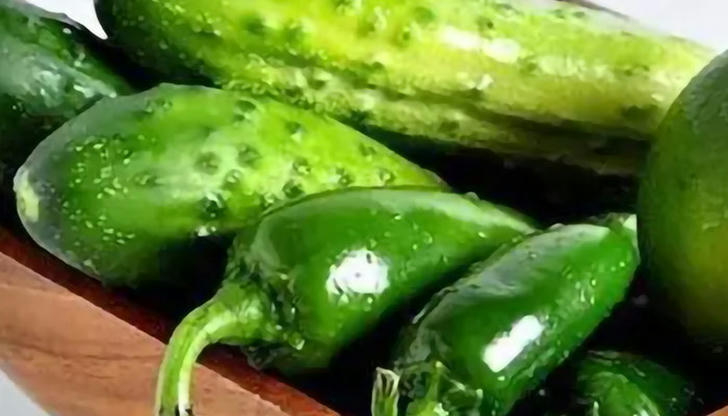
Cucumbers and green peppers will turn black, soft, and stale if they are stored in the refrigerator for a long time. The storage temperature of cucumbers is between 10 degrees and 12 degrees. If you store cucumbers in the refrigerator, the skins will be water-soaked and lose their cucumber flavor after three days. When storing in large quantities, try to keep them indoors, and the room should be kept clean, and free of debris and odor.
5. Breads
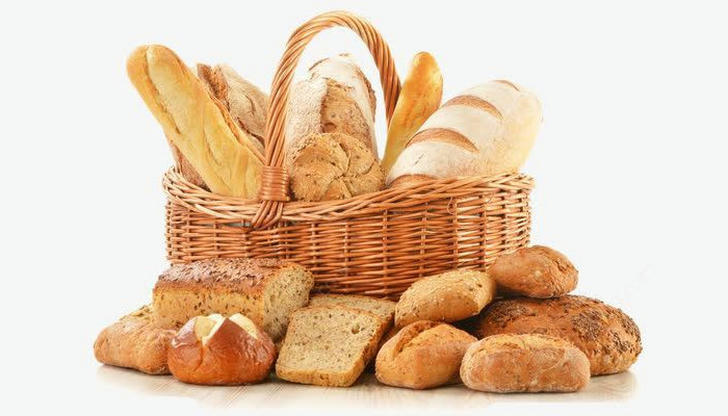
Bread is a flour-based fermented food that is soft, fluffy, and elastic. If you store it in the refrigerator, the low temperature will speed up its aging and hardening. Also, baked goods are soft and elastic because the amyloid part of the starch is destroyed and cooked during the baking process. If baked goods are kept in the refrigerator, due to the lower temperature, the speed of aging and hardening will be accelerated, which will seriously affect the taste. Freshly baked bread can be placed in a large ziplock bag and stored at room temperature. If the expiry date is printed on the bag of bread you bought, try to consume it within the expiry date.
6. Garlic
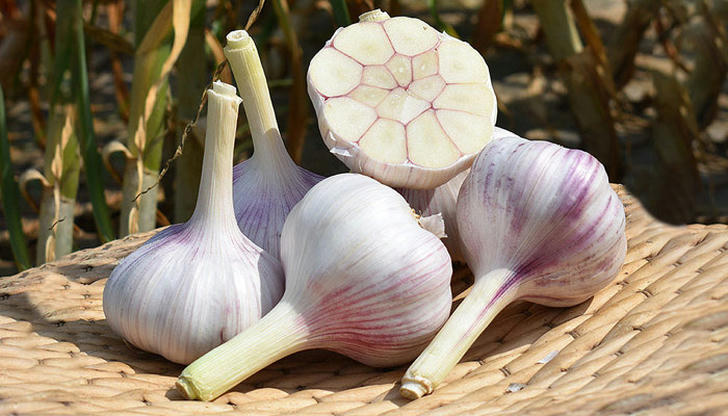
The refrigerator is the nemesis of garlic. When garlic is put in, it will easily deteriorate and become moldy and soft. What's even more frightening is that even if the surface of the garlic is intact, the inside may be damaged, but it can only be found when it is used. Also, having garlic in the refrigerator will make the whole refrigerator smell of garlic. To store garlic, you just need to find a dry place at room temperature.
7. Chocolate
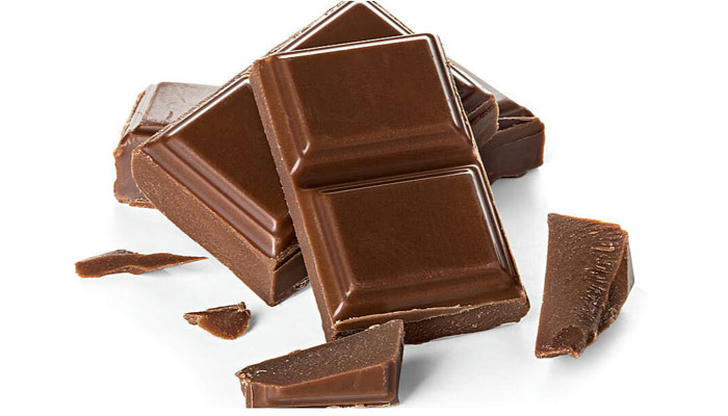
The melting point of chocolate is about 36 degrees, which is a kind of food with strong heat sensitivity and difficult preservation. The most suitable storage temperature is between 12 and 18 degrees, and the relative humidity is not higher than 65%. If it is put in the refrigerator, the fat crystal will change its crystal form over time. Although the chocolate can still be eaten at this time, the taste will become rough and lose its original mellow taste. However, if the room temperature is too high, it is prone to softening and deformation. So eat it as soon as possible or place it in a cool, dry, clean and sealed environment.
8. Foods low in moisture
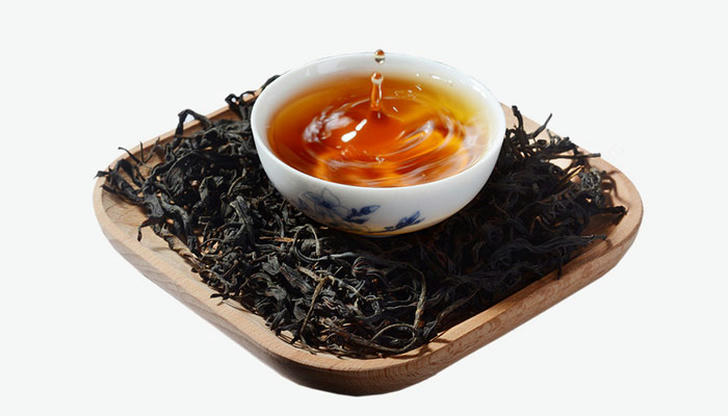
Foods such as coffee, milk powder, and tea can easily absorb the odor of other foods and the moisture of the refrigerator, which not only affects the quality, but also easily becomes mildewed. If you don't want to drink it for a while and want to keep it for a longer time, you can freeze them in the freezer after sealing them.

